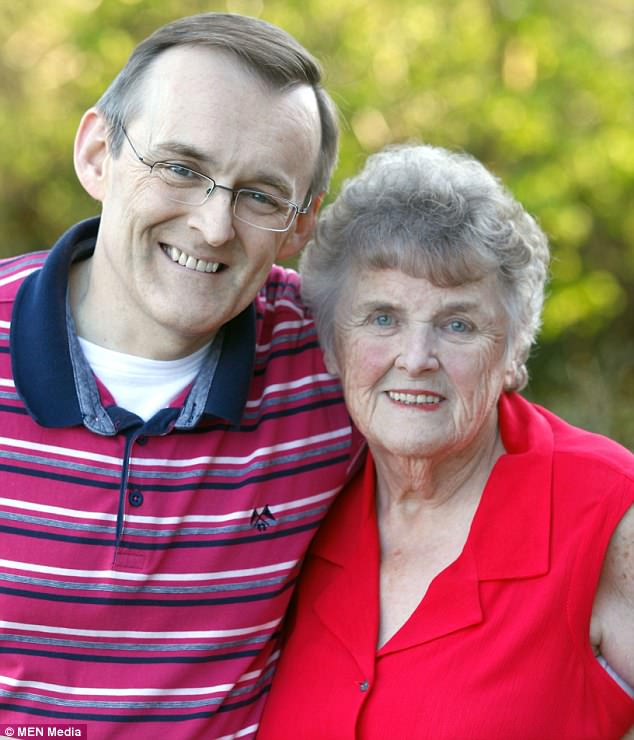In today’s fast-paced world, it’s easy to misplace things, forget names, or walk into a room and not remember why. For many, it’s just part of juggling too much. But for some, those moments are warning signs of something more serious.
That’s what Mark Hatzer came to realize when his beloved mother, Sylvia, started to forget more than just the little things. At first, it was small lapses. But the forgetfulness became more frequent—then alarming.
Eventually, Sylvia was hospitalized. The diagnosis was devastating: dementia.
From a Double Act to a Silent Room

Mark had already lost his father back in 1987. The thought of losing his mother, too, to this cruel disease was more than he could bear.
“We were a double act that went everywhere together,” Mark said. “Overnight, we went from a happy family to one in crisis.”
Sylvia’s memory decline became so severe that at one point, she didn’t even recognize her own son. Confused and frightened, she even called the police, believing she had been kidnapped.
“She thought the hospital was a hotel—she said it was the worst one she had ever been in,” Mark shared.
For many, that might have been the end of the story. But not for Mark.
A Son’s Fight: Turning to Food for Hope
Mark refused to accept that dementia meant his mother’s life—and their relationship—was over. He started researching everything he could about brain health. One fact stood out to him: People living in Mediterranean countries had lower rates of dementia, and many experts believed their diets played a role.
Inspired, he crafted a diet rich in brain-friendly foods. It wasn’t just about eating better—it was a mission to bring his mother back.
What Was on Sylvia’s Plate?
Mark filled her meals with what he called “brain-boosting” ingredients. Among them were:
- Walnuts and Brazil nuts
- Blueberries and strawberries
- Broccoli and sweet potatoes
- Oats and dark chocolate
- Green tea
- Fresh fish
“Everyone knows about fish,” Mark explained, “but there’s also blueberries, strawberries, Brazil nuts, and walnuts—foods that look like a brain and may just be nature’s way of guiding us.”
He didn’t stop there. Sylvia began engaging in gentle physical activity and daily mental exercises. And over time, something incredible happened.

Slow but Powerful Progress
It wasn’t a quick fix. But gradually, Sylvia began to improve.
“After a couple of months, she started remembering things like birthdays,” Mark said. “She became more alert, more engaged. She was starting to feel like herself again.”
Though the disease hadn’t disappeared, Sylvia’s quality of life improved significantly. Her days were brighter. Her moments clearer. And her hope—restored.
Their Story Inspired Thousands
Sylvia’s remarkable progress captured national attention. The Alzheimer’s Society even began sharing her diet plan and daily routines on their blog, encouraging others to explore alternative methods of managing symptoms.
“It’s fantastic that Sylvia and her son created a personal plan that works well for her diagnosis,” said Sue Clarke of the Alzheimer’s Society. “There’s no cure yet, but healthy living and mental stimulation can go a long way.”
A Queen’s Invitation—and a Son’s Legacy

Sylvia’s story eventually earned her an invitation to one of Queen Elizabeth’s prestigious garden parties—a moment of honor that no one could have imagined during her darkest days.
But beyond royal recognition, it’s the everyday reminder of a son’s love that makes this story so powerful.
Mark’s determination, compassion, and refusal to let go became the lifeline his mother needed.
“People think that once you get a diagnosis, your life is at an end,” Mark said. “You will have good and bad days—but it doesn’t have to be the end.”
Sylvia’s journey is not just about memory loss or recovery—it’s about the bond between a mother and son. It’s about courage. And above all, it’s about hope.


